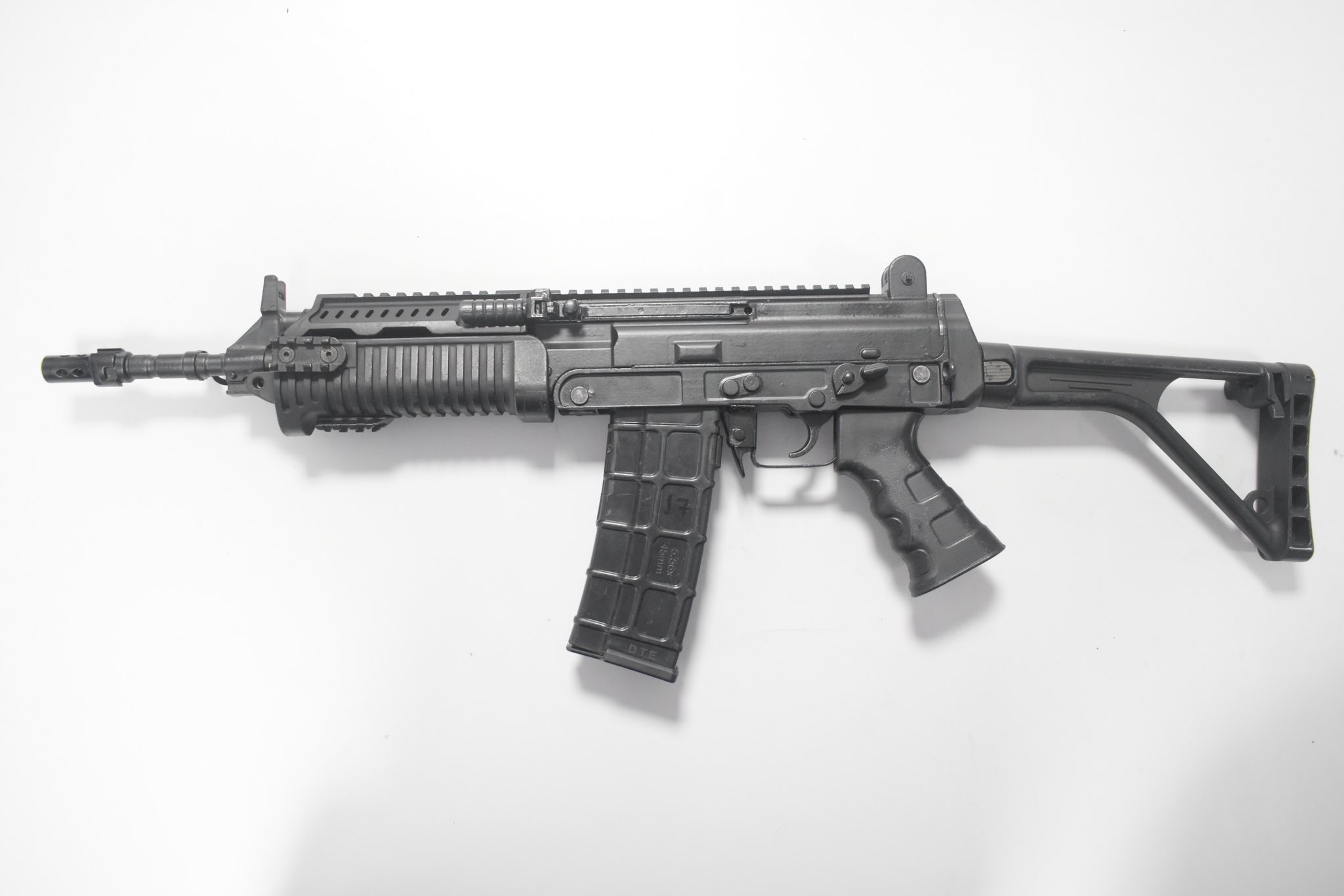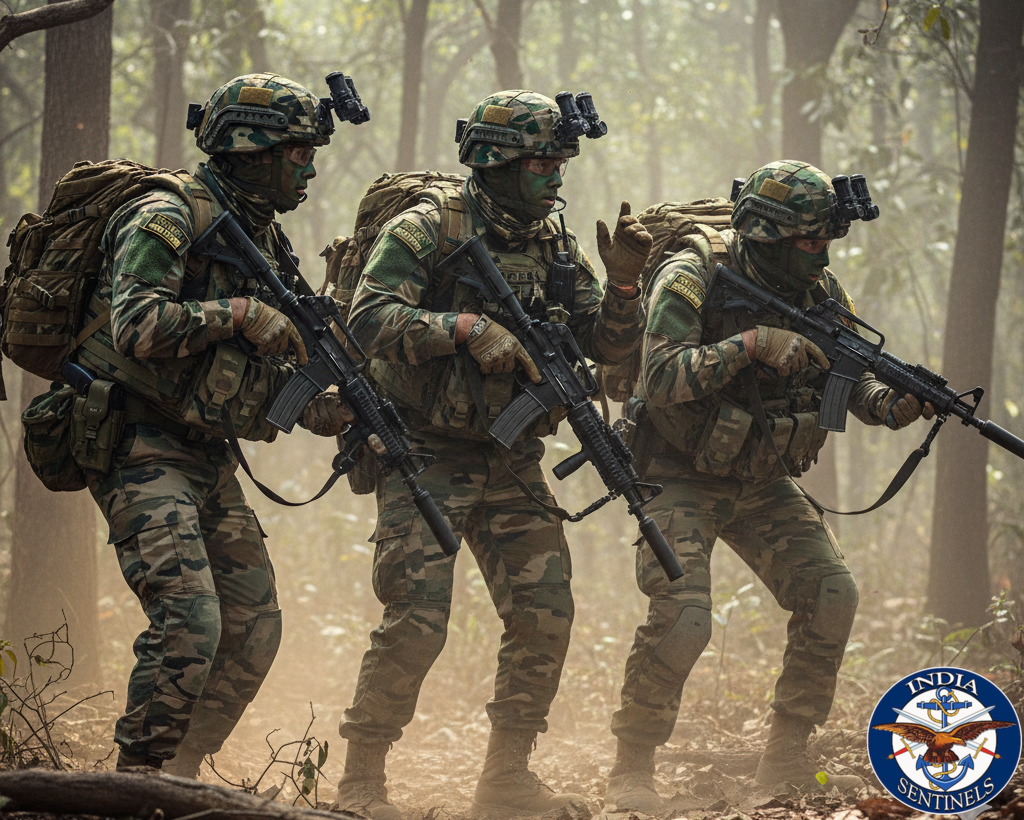 Silhouette of a statue of a soldier at the Walong War Memorial in Arunachal Pradesh’s Anjaw district. (Photo: Wikipedia/Palash Datta)
Silhouette of a statue of a soldier at the Walong War Memorial in Arunachal Pradesh’s Anjaw district. (Photo: Wikipedia/Palash Datta)
The Battle of Walong is one of the lesser-known yet significant episodes of the 1962 India-China. Fought between October and November 1962 in the North-East Frontier Agency (Nefa), now Arunachal Pradesh, this battle is remembered as the only counterattack launched by Indian forces against the Chinese during the war.
Despite facing overwhelming odds, Indian soldiers demonstrated remarkable courage and resilience, delaying the Chinese advance and inflicting substantial casualties before ultimately being ordered to withdraw.
The Walong Sector
Walong is situated in the remote eastern reaches of Arunachal Pradesh, near the confluence of the Lohit river and the McMahon Line, which marks the disputed border between India and China. The area is mountainous and rugged, with thick forests and steep terrain, making it a challenging battleground.
At an elevation of around 6,000 feet, Walong’s strategic importance lay in its proximity to both Tibet and Burma, allowing control over key routes that could be used for military and logistical movements. The harsh topography created natural choke points that the Indian defenders used to their advantage during the battle.
The Battle of Walong
In October 1962, as Chinese forces advanced aggressively into Indian territory, the onus of defending the strategically crucial Walong sector fell upon the valiant 11th Infantry Brigade of the Indian Army’s esteemed 2nd Infantry Division. This brigade, under the command of commanded by Brigadier (later Lieutenant General) Naveen Chand Rawlley and comprising the battle-hardened units of 6 Kumaon, 4 Sikh (Saragarhi Battalion), 2/8 Gorkha Rifles, and 3/3 Gorkha Rifles, was tasked with holding their ground against an adversary that was not only numerically superior but also better equipped and entrenched in advantageous positions.
The Battle of Walong began on October 21, 1962, when Chinese forces attacked Indian positions in the area. The initial skirmishes involved defensive manoeuvres by Indian units stationed there, including elements of the 4th Sikh and the 6th Kumaon. The 4th Dogra Regiment also joined the fray, bolstering the Indian defence despite being heavily outnumbered and outgunned.
The 4 Sikh Regiment at Namti (colloquially known as Tiger’s Mouth) and Ladders, embodying the highest traditions of their illustrious past, fought fiercely, often outnumbered but never outmatched in courage. The brave warriors of the 3/3 and 2/8 Gorkha Rifles, with their famed khukris in hand, exemplified indomitable grit and raw combat prowess, making the enemy pay dearly for every inch of ground.
The Indian Army’s tactically sited posts thwarted numerous attacks launched by the adversary, thereby inflicting heavy casualties on the enemy. Throughout the intense battle, the Indian units demonstrated exceptional tactical acumen and sheer resilience.
The fighting intensified over the following weeks, with the Indian Army employing guerrilla tactics to counter the numerically superior Chinese forces. They launched several counterattacks to disrupt the advancing Chinese People’s Liberation Army forces, inflicting significant casualties and proving that their spirit could not be broken. Despite the scarcity of logistic support and the insurmountable odds, the Indian Army’s resolve remained unshaken, as they valiantly fought till the last man and the last round.
The End of the Battle
By mid-November, after fierce engagements, the Indian units were ordered to fall back due to mounting casualties and depleted supplies. The battle officially concluded on November 16, 1962, with Chinese forces capturing Walong, although the Indian defence had significantly delayed their advance.
The Battle of Walong became a defining moment of heroism and sacrifice. The Indian soldiers at Walong fought under difficult conditions, facing not only a well-equipped enemy but also the logistical challenges posed by the isolated and mountainous terrain.
Indian Army Battle of Walong heroes
Every Indian soldier who fought in the Battle of Walong in the 1962 India-China war in the Nefa sector was a hero in his own rights. However, some names stand out for displaying exemplary courage and steely resolve, like:
* Major Prem Nath Bhatia, Vir Chakra
* Captain Balbir Chand Chopra, Vir Chakra
* Lieutenant Yog Raj Palta, Vir Chakra (Posthumous)
* Naik Bahadur Singh, Vir Chakra (Posthumous)
There were also many others who laid down their lives fighting valiantly and displayed great resolve and courage, like Lieutenant Bikram Singh Rathore, who laid down his life during the battle. Unfortunately, they went unsung after the war was over. However, their stories started emerging and continue to emerge until this day, encouraging the nation and filling its chest with pride.
The Battle of Walong may not have changed the course of the 1962 war, but it highlighted the indomitable will of Indian soldiers. Therefore, as we commemorate the Battle of Walong today, let us remember the brave men who gave their lives for their country. Their sacrifice, courage, and resilience remain an inspiration, reminding us that true heroism lies in fighting against overwhelming odds, not just for victory but for honour and country.
Follow us on social media for quick updates, new photos, videos, and more.
X: https://x.com/indiasentinels
Facebook: https://facebook.com/indiasentinels
Instagram: https://instagram.com/indiasentinels
YouTube: https://youtube.com/indiasentinels
© India Sentinels 2024-25










